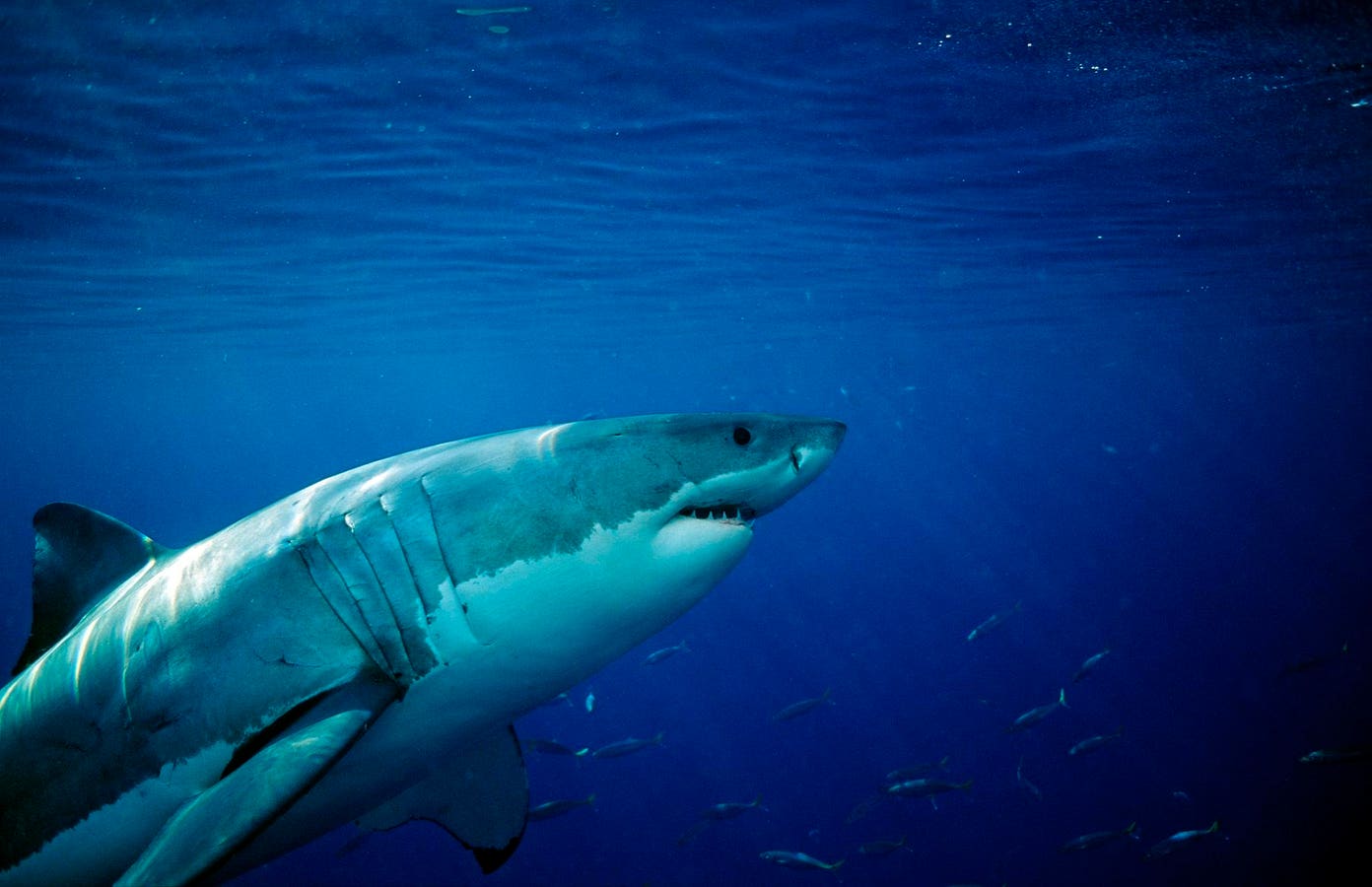(GERMANY OUT) Great white shark, Carcharodon carcharias, USA, California, Pacific Ocean, Farallon … [+]
Animal movements are anything but random; they are governed by a myriad of factors, internal and external. But understanding the movements of animals in their natural habitats is like deciphering a complex puzzle. One that has parts missing or somewhere in the box and the instructions are in a foreign language that Google Translate doesn’t list.
How do monarch butterflies travel thousands of kilometers during migration, returning to the same overwintering sites each year?
How does a salmon find its way back to the exact stream where it was born after years of ocean travel, often covering thousands of miles?
How do African elephants know the location of distant water sources during their migration across vast savannas?
The questions are endless.
We know that predator movements are influenced by a myriad of factors, including energetic requirements, reproductive status, environmental conditions, prey availability, competition and predation risk. For great white sharks (Carcharodon carcharias), these factors play a crucial role in shaping their movements in vast oceanic environments, with particular emphasis on aggregations around pinniped colonies. These aggregations serve as hotspots for feeding opportunities, especially for larger individuals that are capable of capturing this type of prey. Not all sharks are created equal in culinary prowess, with juveniles honing their skills on smaller prey before moving on to feast on seals as adults. But it is not known why individuals choose specific areas of aggregation or how movements vary with size, sex, or environmental conditions. The answers… well, they are coming. And a ground-breaking study led by Dr. Oliver Jewell of Murdoch University, Western Australia, recently found one of those missing pieces of the puzzle, with their study examining how internal and external factors influence the movements of great white sharks off the coast of Central California. “We tagged 22 sharks over the three years of my PhD fieldwork and found that their movements are shaped by the habitats they swim in, meaning that sharks behave differently in different areas, regardless of their size or sex,” Jewell said in a Facebook post.
TO AFP STORY, USA-SEA-ANIMALS-TOURISM (FILES) A great white shark leaps out of the water as … [+]
Sharks exhibited a variety of movements shaped primarily by their location and demographic characteristics. Juvenile sharks at Aptos charted erratic trajectories, while their counterparts at Año Nuevo and the Farallon Islands chose deeper dives and more purposeful paths. Nocturnal movements differ significantly from daytime activities, with sharks showing lower activity levels and straighter swimming trajectories at night.
Understanding the nuances of predator movements has profound implications for conservation and management efforts. Jewell says, “The results are important because they suggest that the same shark is likely to behave differently from one area to another.” By uncovering the factors driving movement patterns, researchers can better predict and mitigate human conflicts and wildlife, conserve critical habitats and inform the design of marine protected areas. As our understanding of great white shark movements continues to evolve, so will our ability to protect these predators and the delicate marine ecosystems they inhabit.



